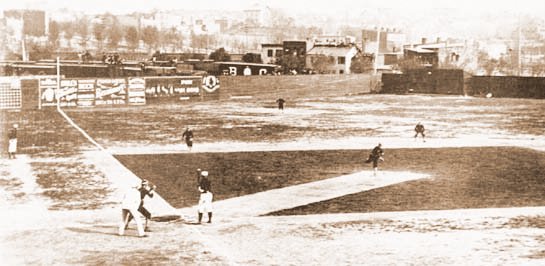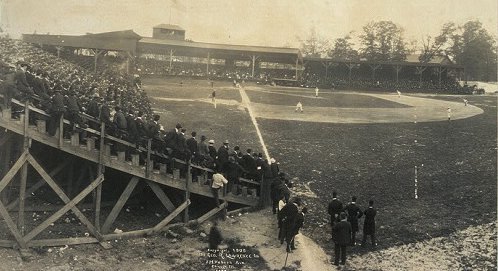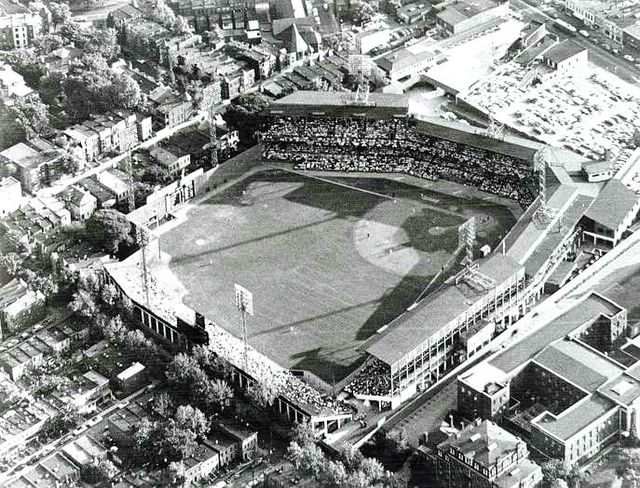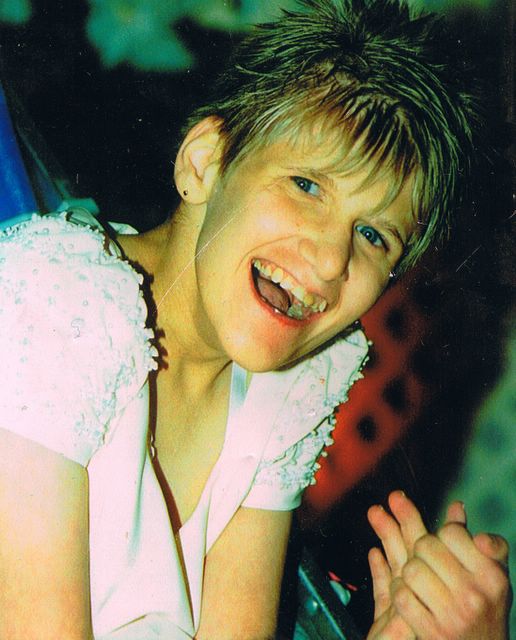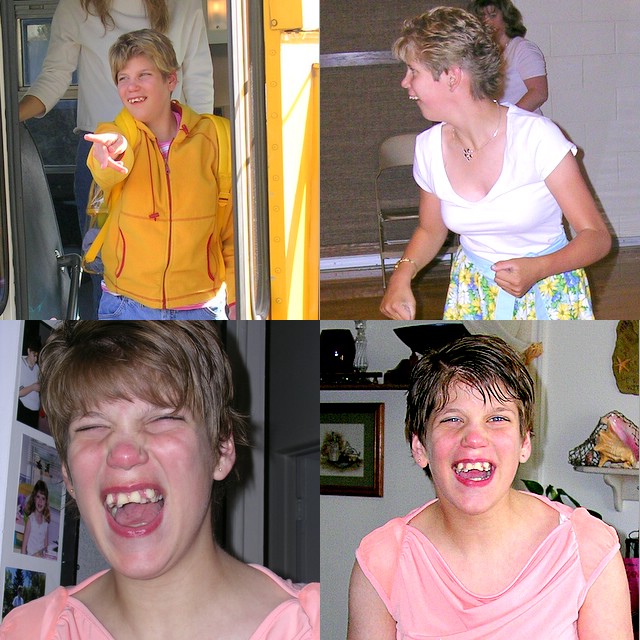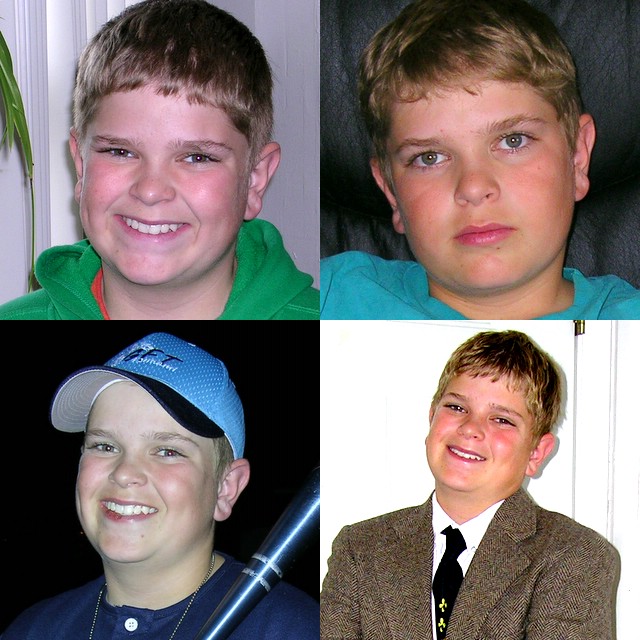Reclaiming The Past II: Ramon Ortiz
 [February 22nd] -- A pitcher who has been successful through most of his career has a terrible year. Nobody wants him. He waits and waits for a phone call that never comes. Then, as spring training uniforms are being boxed at Mizuno's Osaka plant and readied for shipment to Viera, a contract is offered and quickly accepted. The pitcher understands the seriousness of the situation. A second bad year in a row and he might not be offered another contract. Anywhere.
[February 22nd] -- A pitcher who has been successful through most of his career has a terrible year. Nobody wants him. He waits and waits for a phone call that never comes. Then, as spring training uniforms are being boxed at Mizuno's Osaka plant and readied for shipment to Viera, a contract is offered and quickly accepted. The pitcher understands the seriousness of the situation. A second bad year in a row and he might not be offered another contract. Anywhere.
His name was Esteban Loiaza.
This spring, Ramon Ortiz fills the role of the pitcher using his last chance. Like, Loiaza, the fall was fast and stunning. His first two years in the major leagues was typical, full of both promise and problems. He went 10-9 with a 5.32 ERA. He showed a high velocity fastball but because of his diminutive stature, his release point made his heater very fast but very straight. Batters were either striking out or hitting long, long home runs. By 2001, however, he was becoming an effective pitcher. He went 13-11 in 2001 with a 4.36 ERA. He won 15 games in 2002, winning two games in the World Series. Ortiz won 16 games in 2003, but saw his ERA rise to 5.20, the victim of a high fastballs and towering home runs. He was relegated to the bullpen for much of 2004, going 5-7, but he brought his ERA down a full run per game.
It wasn't enough. The Angels had seen enough, and didn't believe that Ortiz would again regain his form. He was traded to the Reds in the off season for minor league prospect Dustin Mosely. The fresh start didn't help. In 30 starts, Ortiz went 9-11 with a 5.36 ERA. He gave up 34 home runs. No one else wanted him. Only the Nationals.
Ortiz's fastball is consistently clocked in the 93-94 mph range, and can occasionally hit 96 when he needs to get a batter out. He's a bulldog on the mound, willing to throw any pitch at any count in any situation. He dares the batter to hit the ball. The problem is, they usually do. Ortiz gets rocked by left handers, and has given up as many as 40 home runs in a season. He throws too many pitches per inning, and usually gets beat by grooving a fastball on a 3-2 count with runners on base.
Hopefully, 2005 was an aberration. He gave up 206 hits in 171 innings. His strikeout totals continued to decline. Some of those numbers could be blamed on the small Cincinnati ballpark, but certainly not all of them.
Maybe Ramon Ortiz is the next Esteban Loiaza. Maybe he'll win 14 games and he'll get a multi-year deal somewhere else just like Loiaza did. But, maybe not. Probably not. Ortiz' internal numbers are far more scary than Loiaza's were heading into 2005. For Ortiz to return to the world of the "living," he's going to have to keep the ball down, allow his defense to do their job, and get outs using fewer pitches.
And pray. He's got to get help from a higher authority, and I'm not talking about Randy St. Claire.



























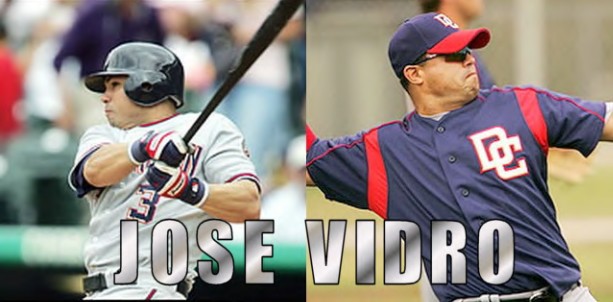























 3) 1926 (road) --- 4) 1936-'37, 1948-'51
3) 1926 (road) --- 4) 1936-'37, 1948-'51 3) 1968 - '71, and 2005 (home) --- 4) 2005 (road)
3) 1968 - '71, and 2005 (home) --- 4) 2005 (road) Buddy Meyer --- Walter Johnson
Buddy Meyer --- Walter Johnson Ed Yost --- Muddy Ruel
Ed Yost --- Muddy Ruel Roger Peckinpaugh --- Joe Cronin
Roger Peckinpaugh --- Joe Cronin Del Unser --- Darold Knowles
Del Unser --- Darold Knowles Ed Stroud - Mike Epstein
Ed Stroud - Mike Epstein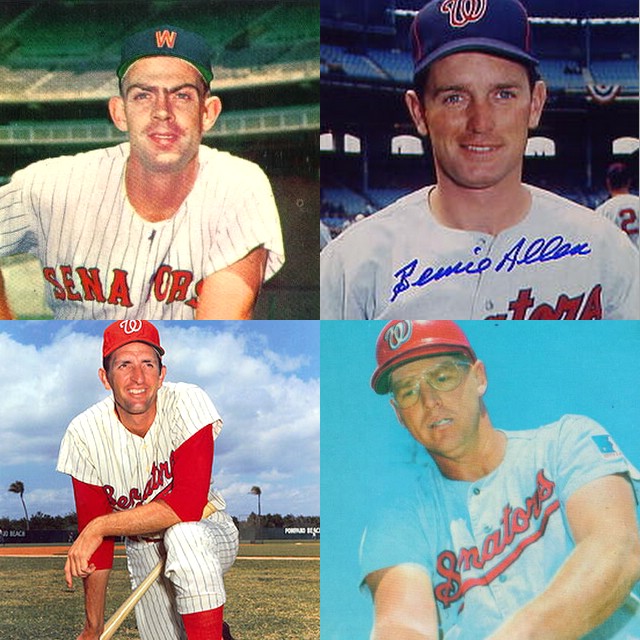 3)1968 -- 4)1969 - 1971
3)1968 -- 4)1969 - 1971